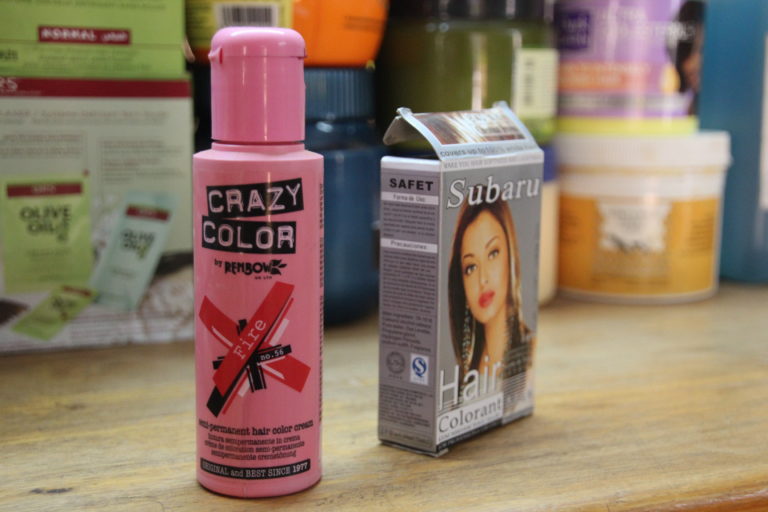Home / Business & Management / HR / Occupational Health in Developing Countries / Occupations at risk for work-related skin diseases
This article is from the free online
Occupational Health in Developing Countries


Reach your personal and professional goals
Unlock access to hundreds of expert online courses and degrees from top universities and educators to gain accredited qualifications and professional CV-building certificates.
Join over 18 million learners to launch, switch or build upon your career, all at your own pace, across a wide range of topic areas.


 Cleaning work often involves prolonged contact with water and soap. This enhances skin permeability and susceptibility to both irritants and allergy-provoking agents.
Cleaning work often involves prolonged contact with water and soap. This enhances skin permeability and susceptibility to both irritants and allergy-provoking agents.

 Work-related contact eczema usually affects the hands and forearms while areas of skin covered by clothing are seldom primary sites. In some jobs, however, workers are also at risk of developing contact eczema on their feet and legs.
Work-related contact eczema usually affects the hands and forearms while areas of skin covered by clothing are seldom primary sites. In some jobs, however, workers are also at risk of developing contact eczema on their feet and legs. Acrylates, such as “super glues”, are a group of strong, fast-acting adhesives with industrial, medical/dental, and household uses. Here “super glue” is used to mend a shoe. Acrylates may act as skin irritants, but can also cause allergic contact eczema.
Acrylates, such as “super glues”, are a group of strong, fast-acting adhesives with industrial, medical/dental, and household uses. Here “super glue” is used to mend a shoe. Acrylates may act as skin irritants, but can also cause allergic contact eczema.






